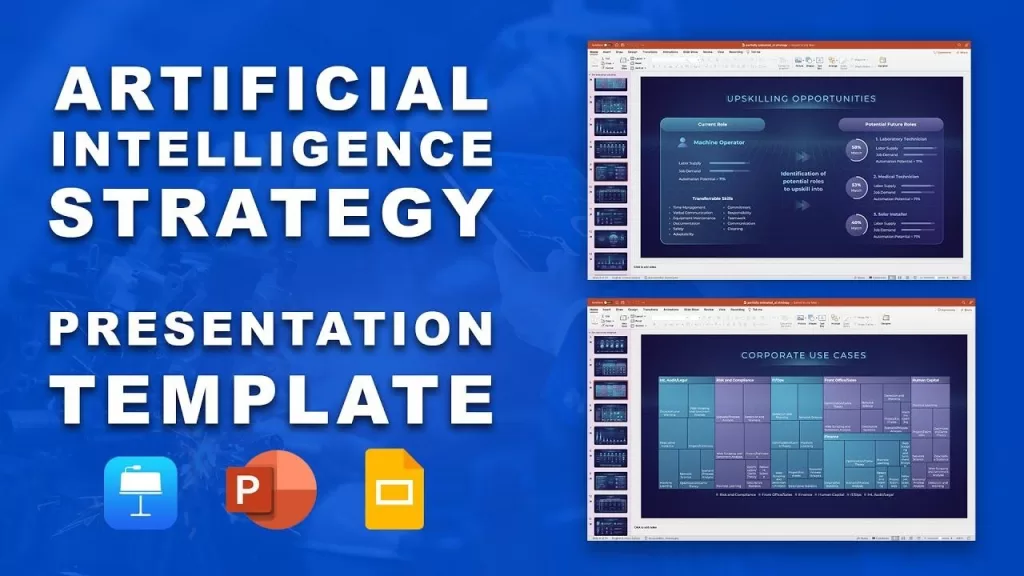Building a Robust AI Strategy Framework
In the ever-evolving landscape of technology, crafting a formidable AI strategy framework is the keystone to unlocking the transformative potential of artificial intelligence. It’s not just a blueprint; it’s a roadmap that guides organizations towards harnessing the power of AI for innovation and growth. Understanding AI’s Role Before delving into the framework, it’s crucial to […]

